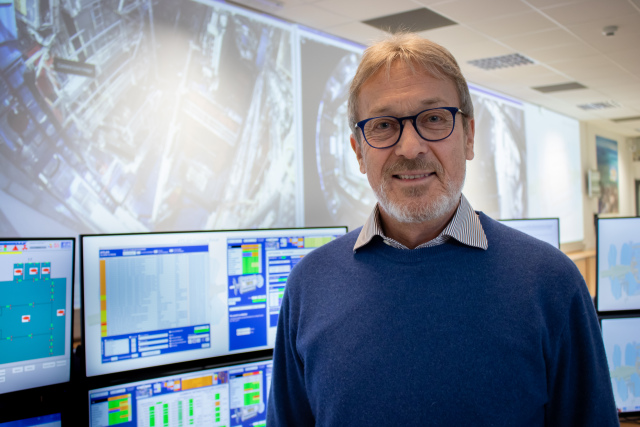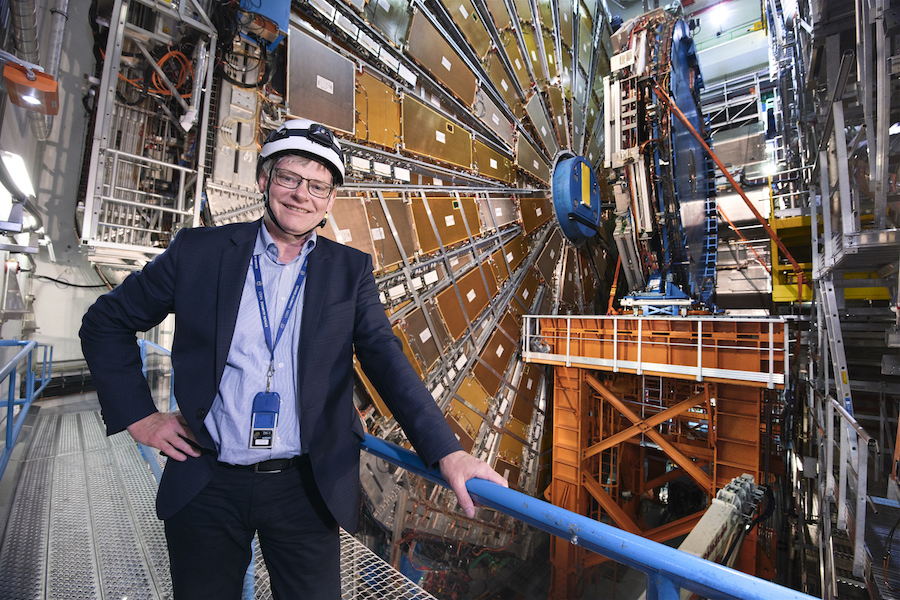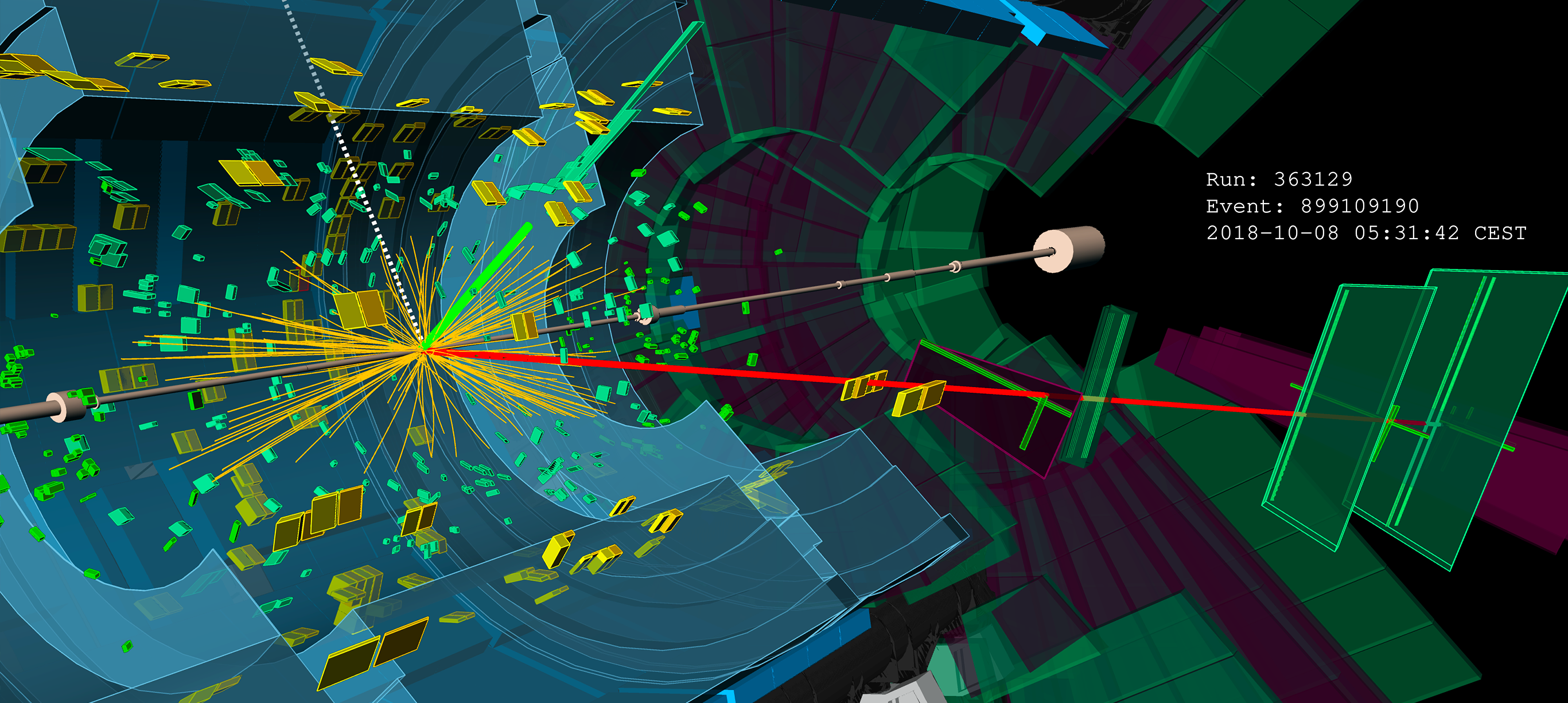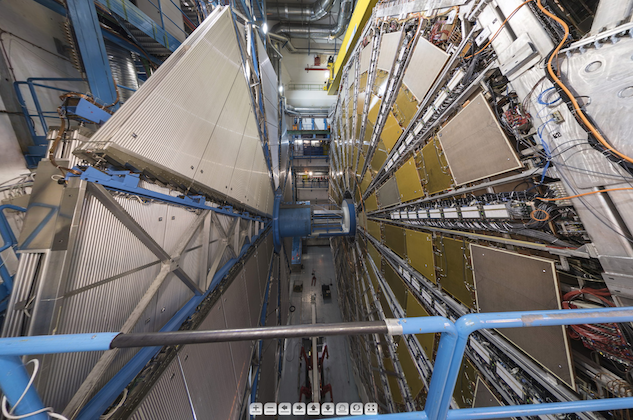You are free to use ATLAS images, video and audio material for educational, scientific, or informational purposes (including photo collections, textbooks, public exhibits and web pages) provided the copyright is shown as follows:
ATLAS Experiment © CERN
ATLAS audiovisual media are under CERN copyright.
The ATLAS logo is legally protected. Prior written approval shall be obtained for its use or for the use of any image primarily featuring the logo. Contact atlas.public@cern.ch.















